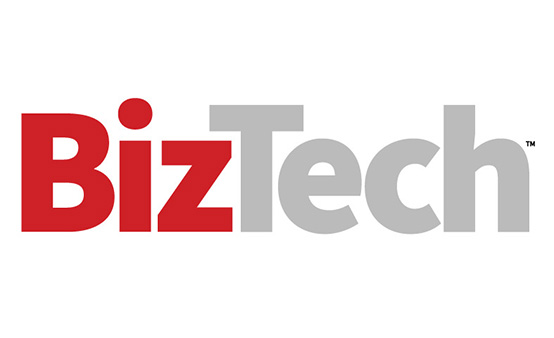1. Fragmented Data Is Blinding Your Sourcing Strategy
Despite a decade of digital transformation, many supply chains remain cobbled together by spreadsheets, emails and legacy systems. Procurement data might live in one platform, while product specs, sourcing details and supplier contracts are stored elsewhere. When identifiers, formats and records don’t align, even basic traceability becomes a challenge, especially when trade rules change overnight.
Consider this hypothetical: A U.S. company might start sourcing aluminum from China, but it doesn’t update the paperwork before Section 232 tariffs on aluminum take effect. That misstep could mean thousands of dollars in unexpected duties and extended shipment delays for inspections. Such visibility gaps pose risks to compliance status and customer trust.
The solution is to map your critical data assets. Identify where product, supplier and location details live and assess whether they’re current, complete and connected. Prioritize gaps in key fields like country of origin or component source. Then work toward a holistic data foundation that gives every team, from sourcing to compliance, the same version of truth.
READ MORE: Improve decision-making with data services from CDW.
2. Inconsistent Identifiers Undermine Interoperability
Modern supply chains depend on synchronization. But if a product is labeled one way at the factory and another way in a partner’s system, friction arises at every handoff, and scale becomes impossible.
Here, the solution is to standardize data at the source. Use Global Trade Item Numbers for products and Global Location Numbers for sites and suppliers to eliminate duplication and misalignment. Then, share that information in real time to keep every stakeholder on the same page. Reliable identifiers enable automation, enhance traceability and prevent expensive mistakes.
3. Your Systems Don’t Talk to Each Other, or to Your Partners
Even if your internal data is clean, disconnected systems across your network can still create major blind spots. Too often, companies rely on manual work such as emailing spreadsheets, uploading PDFs or logging events by hand to share critical supply chain updates. The result? Errors, mismatches and lost time.
Data-sharing standards like the Electronic Product Code Information Services allow systems to exchange real-time event data — such as shipping, receiving or customs clearance — in a structured, consistent format. This ensures every partner sees the same status at the same time, improving agility and reducing costly surprises.
EXPLORE: Get the most from technology investments with end-to-end support.
4. You’re Left Scrambling When the Rules Change
Trade rules evolve with little warning. Classification codes, documentation requirements and country-of-origin regulations can shift overnight. For companies relying on static spreadsheets or siloed product records, adapting in real time becomes nearly impossible. Even well-resourced teams with modern planning tools can be caught off guard if their underlying data isn’t up to date. And by the time they’ve tracked down what’s at risk, the window to respond may have closed. The result could be delayed shipments, pricing errors or last-minute legal reviews.
Ask your team: If a new tariff was implemented tomorrow, could you identify all affected products and suppliers within 24 hours? If not, start embedding trade-relevant metadata — such as country of origin, sourcing tier and compliance flags — directly into product records. Real-time access to this information is the difference between reacting and responding.
5. You’re Not Getting ROI From Tech Investments
You’ve invested in AI, automation and advanced analytics. But if your team is still resolving data conflicts manually or second-guessing reports, the problem isn’t the tools. It’s the inputs. Sophisticated platforms can’t compensate for misaligned product records or inconsistent location data. In fact, poor data only amplifies confusion and erodes trust in the very systems designed to drive smarter decisions.
Take a step back and assess: Are your platforms working from a unified data foundation? Are identifiers consistent? Are key attributes complete and regularly maintained? Before scaling new tech, ensure your data is structured, standardized and governed. Automation only works when the information behind it is clean, connected and current.
You can’t navigate disruption with disconnected data. And you can’t build resilience on inconsistent systems. But you also don’t need to overhaul your entire tech stack to make progress. Businesses that prioritize data hygiene and governance today will be better prepared to navigate tomorrow’s uncertainty with confidence and clarity.











